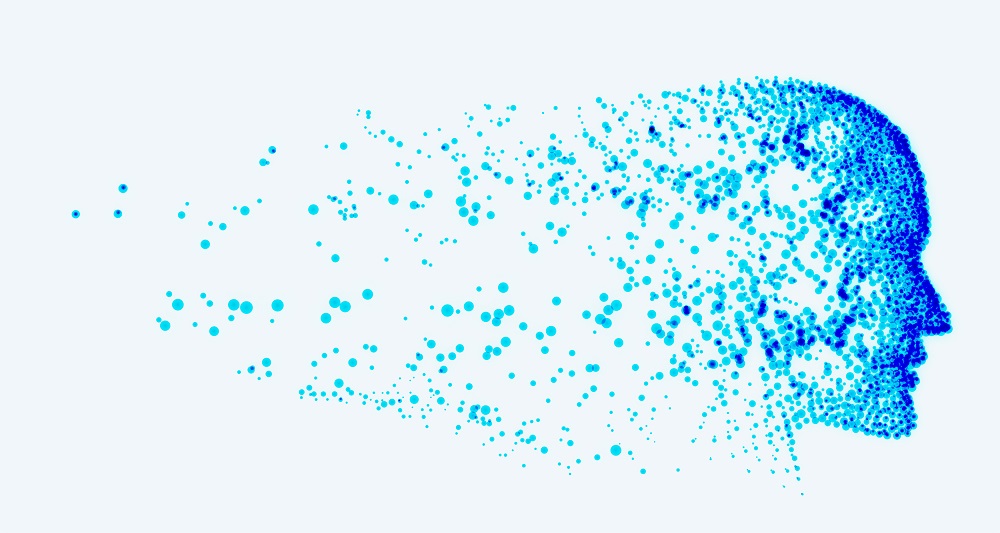A person visiting a new city gets automated suggestions on things to do and places to visit in and around that city. What’s more interesting is, the suggestions affect a person’s decisions as they are customised to likes and dislikes of the individual. Remember the restaurant suggestions that you get from Facebook when you visit a particular place?
So, to answer the momentous question, can we predict human behaviour with AI?
Yes. We can predict human behaviours using AI.
The capabilities of AI are mind-blowing. Let’s dive in to understand more about artificial intelligence and how the enabling technology can read and predict human behaviours.
Role of deep learning in predicting human behaviours
Before understanding the role of deep learning in predicting human behaviours, let’s take a quick look into deep learning and its applications.
Deep learning is a subset of machine learning, that can enable machines to think and respond like humans. AI and machine learning algorithms cannot properly identify an object or a situation. For example, a speed limit signal covered with snow is still a speed limit signal. While humans can interpret the signal, machines may not. Similar to how a toddler learns with the help of adults and books, machines use deep learning to identify objects, situations, etc.
As an important element of data science, deep learning complements predictive analytics and enables data scientists to collect, curate, analyze, and interpret large sets of data, quickly and easily.
A team of researchers at MIT, created a data science machine to study the ability of machines in predicting human actions. During the study, a competition was held, where the teams were asked to analyze a student’s interactions with the resources on an online course and predict if the student would drop out during the next 10 days. The data science machine outperformed the human teams in the competition. It was the same case in all the other competitions that were held during the research. According to estimates, amongst the 906 human teams that participated, the machine’s predictions were more accurate than 615 teams. Also, the machine completed the competitions within two to twelve hours, while the human teams took months to complete the same competition.
Having said about the capabilities of AI and deep learning algorithms in observing and predicting human behaviours, there is one crucial factor that influences the quality of the algorithm’s outputs – number of datasets on which the deep learning models are trained. The more the quantity and the better the quality of data, the more accurate and reliable the results.
Industries that are already witnessing the power of AI and deep learning
According to Gartner, by 2021, 80% of emerging technologies’ foundation will be on AI. Deep learning has revolutionized many industries. Some of them are automobile, retail, healthcare, gaming, etc. For example, Brains4Cars, a US-based company, has developed a deep learning system that can anticipate driver behaviour by 3.5 seconds before occurrence.
Similarly, the gaming industry is also experiencing the power of deep learning models in real-time. Deep stack is an expert-level AI that uses deep learning to optimize its strategy and beat professional poker players.
In the healthcare industry, AI and deep learning is enabling radiologists to quickly recognize abnormalities and provides increased workflow optimization. Dr. Eric Topol, an American cardiologist and scientist, posits that deep learning can restore the care in healthcare in his book Deep Medicine.
In the case of the retail industry, deep learning and artificial intelligence is playing a major role in providing valuable market intelligence and enabling retailers to deliver a more personalized customer experience, optimize their manufacturing processes, and strengthen logistics.









